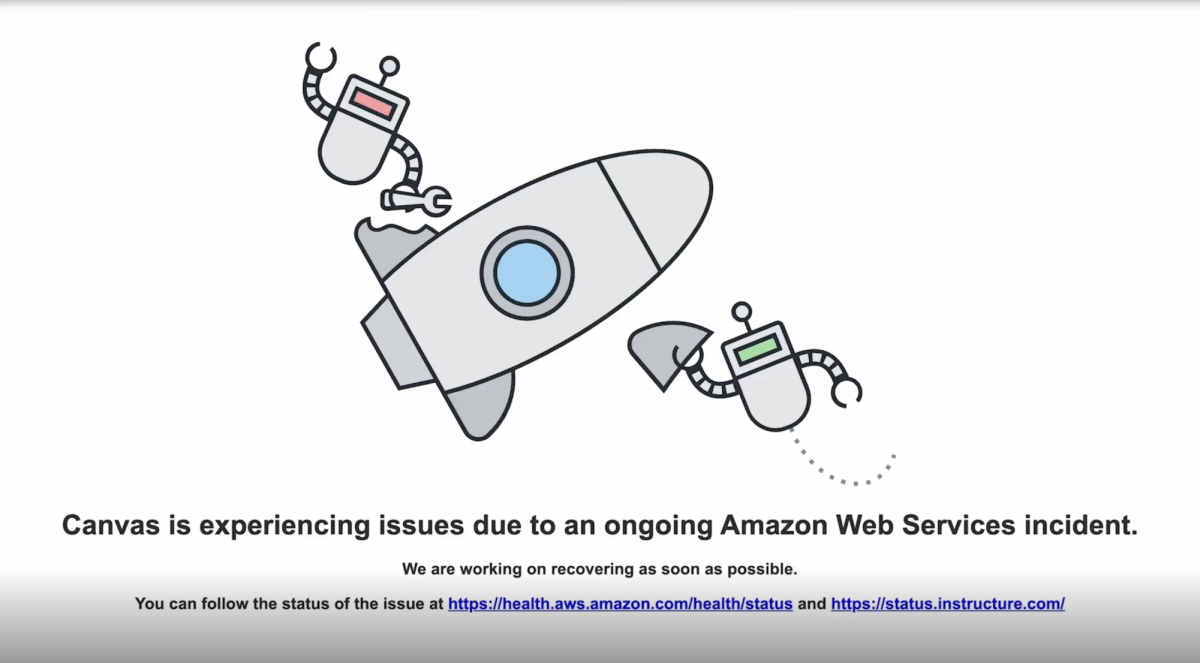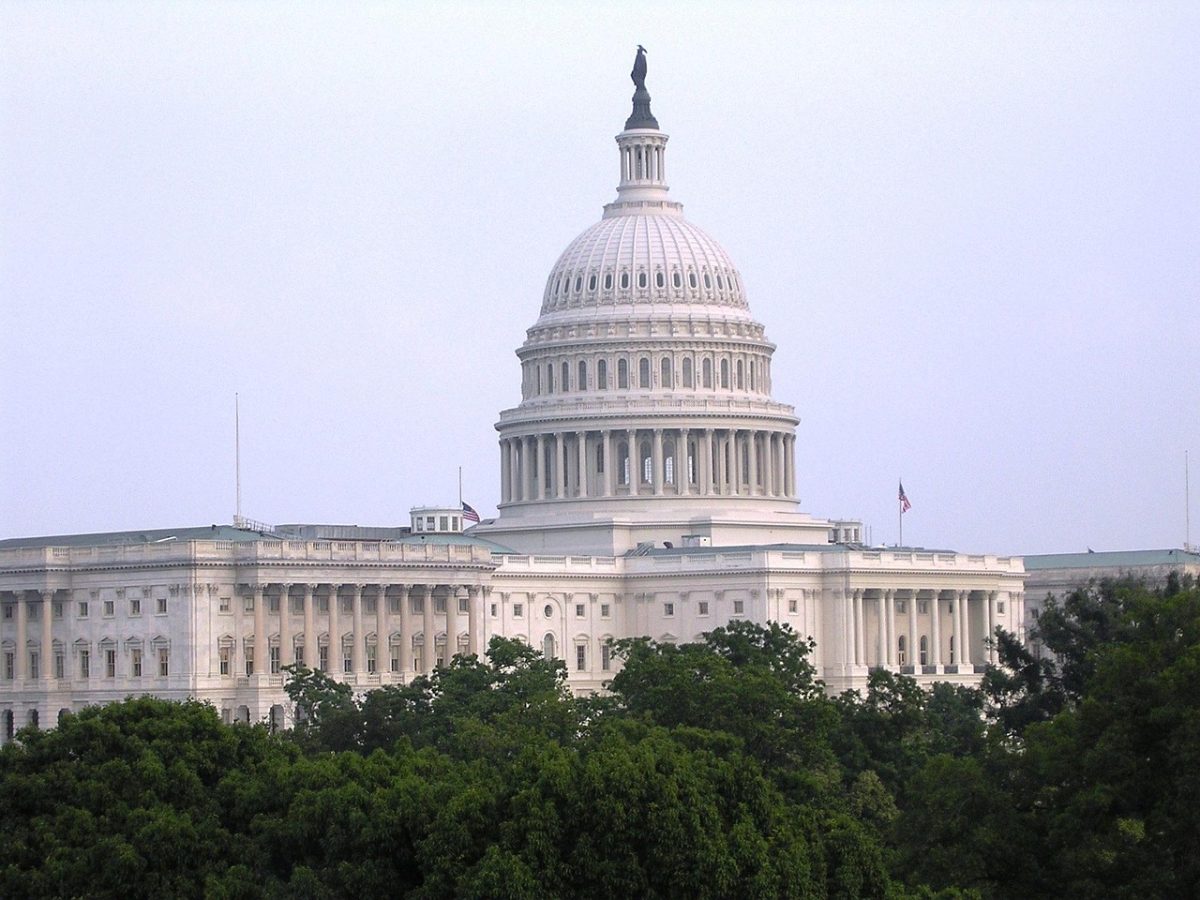The U.S. government has now been shut down for 30 days — the second longest in the nation’s history — as Republicans and Democrats remain locked in a budget standoff that shows no sign of resolution. Around 1.4 million federal employees are either furloughed or working without pay, and critical government services have been suspended.
According to Dr. Joseph Weinberg, a Political Science professor at the University of Southern Mississippi, the shutdown is the result of a fundamental breakdown in the budgeting process that used to operate smoothly.
“The government has a fiscal year calendar, which runs from October 1 to September 31,” he explained. “Before that late September deadline, they have to come up with a budget for the next year.”
Traditionally, Congress passes 13 appropriations bills to fund government agencies. Once approved by both the House and Senate and signed by the president, the government operates at those funding levels for the year. But in recent years, political disagreements have derailed this routine process.
“Historically, when those bills don’t pass in time, Congress issues a continuing resolution to fund the government temporarily,” Weinberg said. “A shutdown happens when even that can’t get through.”
This year’s impasse stems largely from disputes over health care and government spending. Democrats are demanding that any spending bill include an extension of tax credits that make health insurance more affordable, as well as a reversal of President Donald Trump’s cuts to Medicaid. Republicans, who control both chambers of Congress but lack the 60 votes needed in the Senate to bypass Democratic opposition, insist on passing what they call a “clean resolution” — one without added provisions on health care.
Trump has taken a hardline stance, signaling that the shutdown could be an opportunity to further shrink the size of the federal government. His administration has already moved to lay off thousands of workers, a decision currently tied up in court. Weinberg noted that this approach fits into a larger Republican strategy.
“When you’re trying to reduce the size of the federal government, sending people home for three weeks is a pretty good way to make them question their job security,” Weinberg explained.
Furthering concern, federal nutrition assistance programs are expected to run out of funds soon.
“That’s $40 million plus Americans who won’t get their food,” Weinberg said. “Once that happens, senators are going to feel the pressure.”
Despite the tangible economic and personal costs, neither party appears ready to concede. Over the past three weeks, the Senate has held 11 failed votes to reopen the government.
“It’s brinksmanship,” Weinberg said. “We’re not going to blink, you’re not going to blink, and for 22 days, nobody’s blinking.”
The political consequences could be severe. The last major shutdown in the early 2010s damaged the U.S. credit rating, making it more expensive for the country to borrow money.
“Every time this happens, it makes us look like a risky investment,” Weinberg said. “It adds to our debt because we look like a house that’s not in order, which we aren’t.”
Both parties are focused on shaping public perception rather than compromise.
“They’re just trying to calculate who’s going to get blamed more,” Weinberg explained. “They’re playing with people’s jobs and our future borrowing capacity.”
For now, federal employees continue to wait without paychecks while Congress remains gridlocked. Weinberg believes public pressure may be the only way forward.
“Cooler heads will prevail, I hope, or loud constituents will complain to their senators and say, ‘Knock it off, pass something now, or start looking for a new job,’” Weinberg said.
Until then, the government remains closed, and the nation watches as another round of political brinksmanship tests both the resilience of its institutions and the patience of its people.































